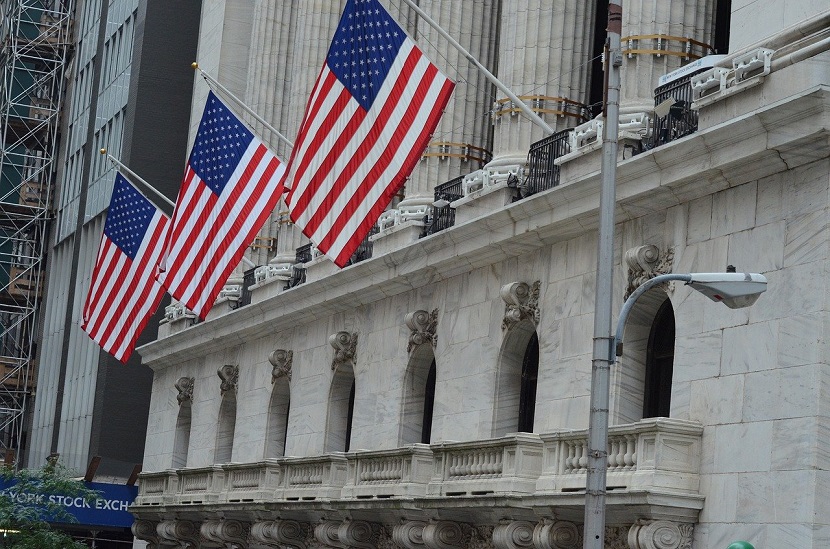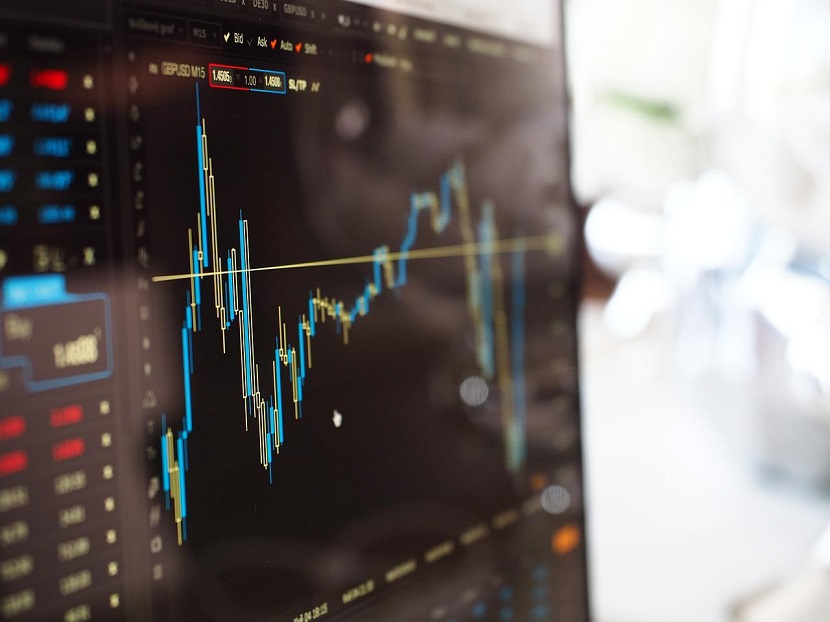US markets swayed at the opening of December trade on Thursday, despite indications of reducing inflation and suggestions of a slower pace and amplitude of rate hikes as soon as this month.
The Dow Jones Industrial Average fell by 0.3%, while the S&P 500 increased by 0.2%. The heavily tech-focused Nasdaq Composite increased by 0.4%. In other areas of the US markets, the US dollar index fell to a three-month low, and following steep drops, US Treasury yields remained stable.
The Federal Reserve’s preferred inflation indicator, the core personal consumption expenditures price index (PCE), increased by 0.2% in October. However, this was less than anticipated.
The number of applications for unemployment insurance decreased last week and remained close to historic lows. Initial jobless claims, the most recent indicator of the labor market, were 225,000 for the week ending Nov. 26, down 16,000 from the revised amount from the prior week, according to Labor Department data released on Thursday.
The Fed’s chief in his speech hinted that US central bank authorities may postpone the final interest rate hike of the year later this month to 50 basis points. So, the swings on Thursday come after spikes across the main averages in the previous session. The S&P 500 increased by 3.1% on Wednesday, the Dow increased by 2%, or more than 700 points, ending a bear market, and the Nasdaq increased by 4.4%.
After increasing by the same amount in September, the price index for personal consumption expenditures (PCE) increased by 0.3. The PCE price index rose 6.0% over the previous 12 months, following a 6.3% increase in September.
After increasing by 0.5% in September, the PCE price index increased by 0.2% when the volatile food and energy components were excluded. After rising 5.2% in September, the so-called core PCE price index increased 5.0% year over year in October.
For its 2% inflation target, the Fed keeps an eye on the PCE price indices. Other indicators of inflation have shown a slowdown. For the first time in eight months, the annual consumer price index climbed by less than 8% in October.



